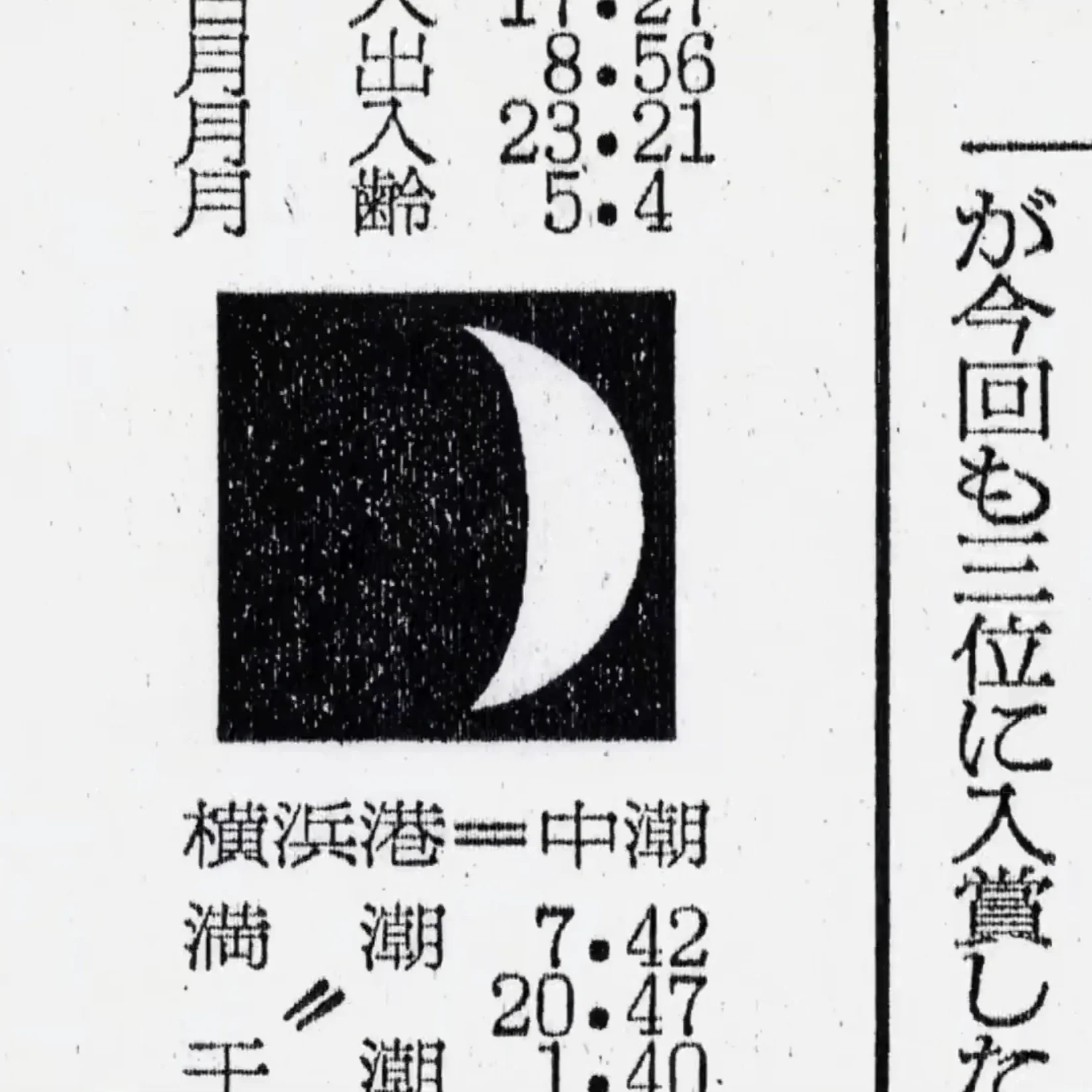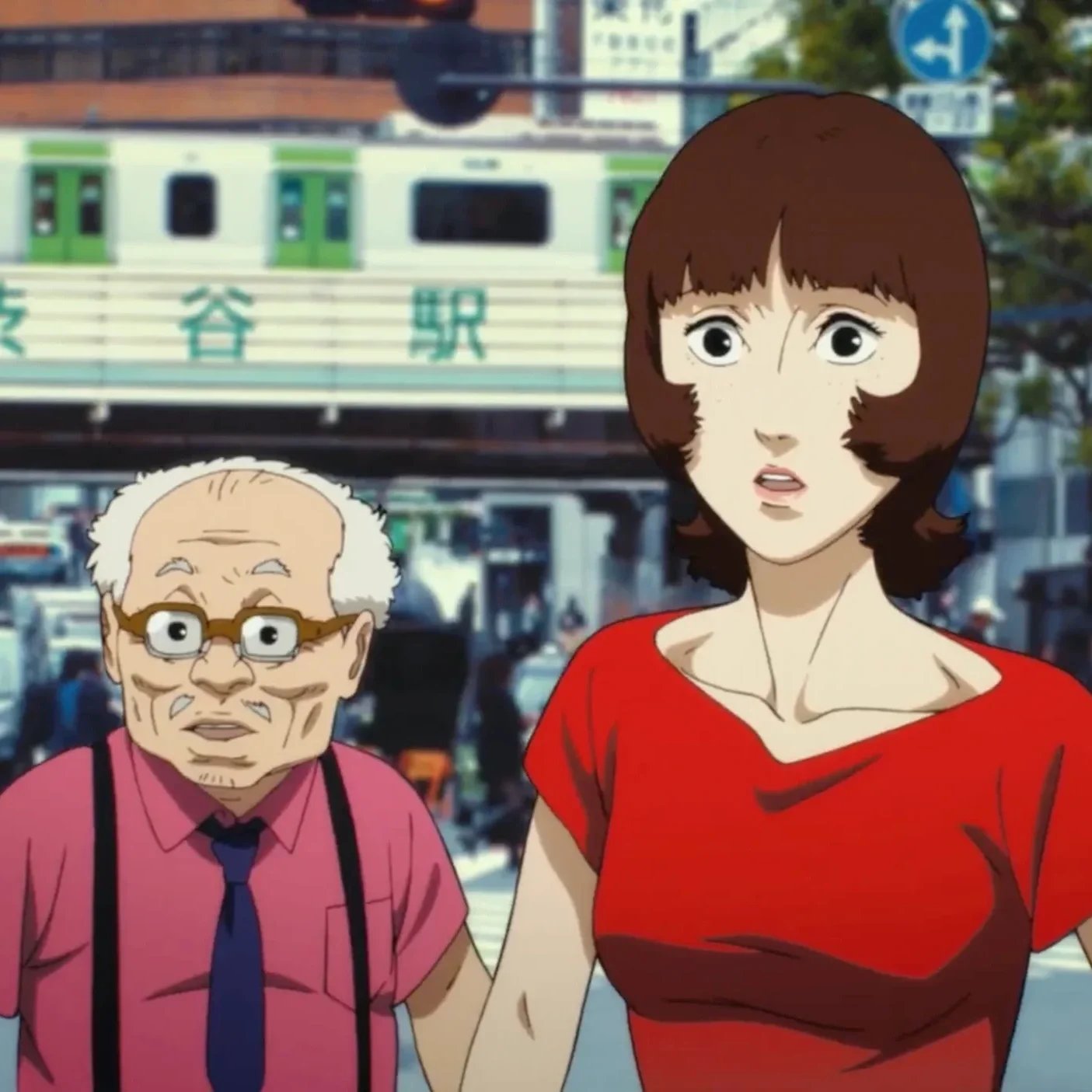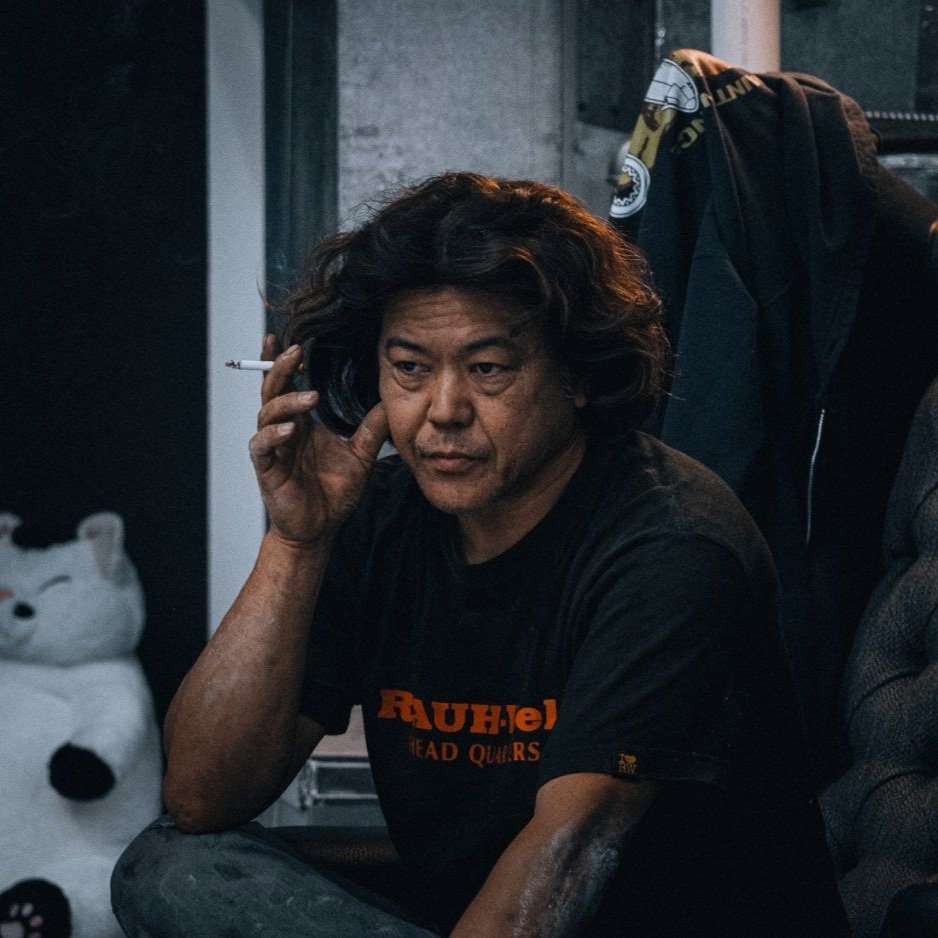Kazuki Onohara - The Traditional Theatre Painter who Loves Street Art
Kazuki Onohara
You've probably never wondered what you get when you combine a love of graffiti culture, a history of traditional Japanese theater, and an influence of Native American art. Still, once you witness the work of Kazuki Onohara, you'll be glad you found the answer.
Kazuki Onohara is a versatile artist who transitioned from traditional Japanese theater to contemporary art. Born in Chiba, a prefecture just outside Tokyo known for its surf coasts, Onohara moved to New York in 2022, the year he turned 40.
Before the US, Onohara was a theater painter for one of Japan's most legendary traditional theaters, the Kabuki-za and National Theatre in Ginza, Tokyo.
Influenced by graffiti culture in his teens, Onohara gained experience in various manufacturing fields, including television broadcasting, photo labs, and construction.
His work is an amalgamation of his diverse and deeply rich cultural experiences; his artistic trademark, blending traditional Japanese motifs with contemporary elements, is refreshing and true to his style while still feeling almost like a modern reimagining of old Japanese aesthetics. Part archivist, part reinventor, and hard-working member of Tomokazu Matsuyama's Brooklyn studio, Onohara epitomizes the excitement of when modern minds meet Japanese traditionalism.
Get to know this low-key, high talent painter and printer before seeing his recent work, which is on display at gallery NowHere in New York (40 Wooster St. Soho), until August 18.
by Kazuki Onohara
Could you introduce yourself for us?
My name is Kazuki Onohara. After working for 12 years as a scenic artist for kabuki and Japanese traditional dance performances, I was inspired by a video of Tomokazu Matsuyama creating a mural. In 2022, I moved to the U.S. to become an artist. While assisting Matsuyama, I am also creating my own art.
Could you share your most valuable discoveries while blending traditional Japanese art with contemporary elements?
Integrating traditional Japanese art with contemporary elements was not an easy task for me. So, I started my contemporary art career from an entirely new point, considering elements of Japanese art as I progressed from there.
We've noticed rhythmic and textural elements in your recent works. Are these intentional designs? What draws you to create such styles?
All elements in my works are created with intention. My involvement influenced the abstract expressions and textures in Tomokazu Matsuyama's work. I was drawn to these methods after working with his silkscreen techniques and appreciating the beauty of spray textures.
Silkscreen printing allows for mass production but retains unique qualities in each piece, much like traditional Japanese seal carvings. I find this variability very appealing.
by Kazuki Onohara
Your work incorporates traditional Japanese motifs in a contemporary style. What aspects of your work (physical or metaphorical) do you wish to preserve for future generations of artists?
The traditions nurtured by Japanese culture and its people continue to shine brightly on a global cultural level. Breaking the mold while respecting these traditions, I believe as an artist, is a meaningful endeavor, and it is one of my goals.
You worked as a scenic artist (an artist responsible for designing and creating sets for theater, film, and television) for 12 years at the Kabuki-za and National Theatre in Tokyo. Could you explain what a scenic artist does and describe your daily tasks?
A classical background painter in Japan creates all the paintings for stage backgrounds and sets used in kabuki, kyogen, noh, bunraku, Japanese traditional dance, and rakugo performances.
Traditional Japanese theater typically runs performances for about a month at a time, resulting in 12 shows per year. The beginning of the month is the opening day, and the end of the month is the closing day, with about 24 days of performance in between. During this time, we will create stage backgrounds for next month's performances.
We work on large canvases, roughly 15 feet high by 70 feet wide, laid out on the floor. A team of 5-6 people handles everything from stretching the canvas to completing the painting, taking about 10 hours per background.
How did you end up in New York and why did you decide to move here?
The trigger was a feature on Tomokazu Matsuyama on a Japanese TV program called "Sunday Art Museum," where I saw him creating a mural.
At the time, I was on a two-month break from stage work due to the pandemic, and I was at home, working on my portfolio and thinking about creating works with my own style.
Approaching 40, I was re-evaluating my life and felt a strong emotional pull. Despite having established myself as a scenic artist, I decided to take a leap of faith and contacted Matsuyama's studio.
Have Western motifs and styles influenced your work since you've been in the U.S?
Definitely, I am interested in classical elements, and I am currently intrigued by Native American art.
You have an upcoming show at NowHere (40 Wooster St, New York) from July 11 to August 18. Please tell us more about this show and the works you will be exhibiting.
The main theme of this show is "Moderation Biased." It can be translated as "biased moderation" or "moderate bias." I have been fascinated by faith, religion, tarot, and fortune-telling—things that are difficult to prove and invisible to the eye.
When confronted with these concepts, people call the intermediary forces "gods," "the power of the universe," and various other names.
I wanted to express these unseen and unprovable entities, creating over 40 works. I hope viewers can sense the invisible between these pieces and look forward to sharing our thoughts and feelings.
by Kazuki Onohara











Bold colors and humanity: The unique vision of Hiroshi Masuda.